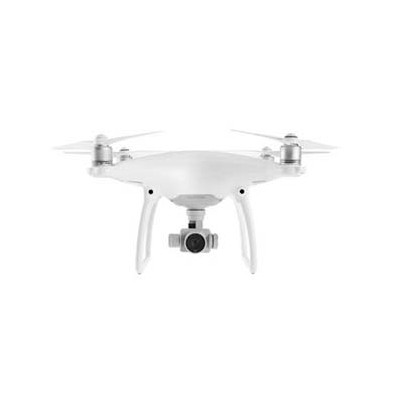DJI Phantom 4 Quadcopter Drone
634/4667

Product details
- Brand: Dji
- Catalogue number: 634/4667
- Manufacturer's number: 6344667
DJI Support
 UK:
UK:
 Eire:
Eire:
Email me this page
Enter your email address to have this page emailed to you *
FAQs
- In P Mode, Forward Obstacle Sensing System, Vision Positioning System, and GPS are activated. Intelligent Flight Modes, ActiveTrack and TapFly are also accessed in this mode.
- In S Mode, the Phantom 4 flies at higher speeds with satellite and Vision Positioning support, but Forward Obstacle Sensing Systems are switched off
- In A Mode, Forward Obstacle Sensing Systems, satellite and Vision Positioning systems are switched off. An internal barometer is used to maintain altitude.
- If you want to follow a person but the person icon does not appear when you select them, manually identify them by dragging a box around them.
- The Phantom 4 builds a 3D model of the subject in ActiveTrack Mode to improve following accuracy. To help it learn, fly it around the object before following.
- The subject should be in the middle of the screen when selected to avoid partial recognition.
- The subject should be contrasted with the background to enable recognition. Light levels should be neither too low (at night) nor too high (in a snowfield with bright sunshine).
- The subject should not move too quickly. Gentle acceleration and top speeds below 22mph (36kph) are recommended.
- If the subject changes size or shape, such as if a person crouches down, the aircraft might lose track.
- The subject should be on the ground. To avoid accidents, do not command your aircraft to follow another aircraft. Rapid altitude changes of the subject should be avoided.
- Pitch - Changes the distance from the followed object.
- Roll - The aircraft flies around the followed object.
- Throttle - Altitude will change.
- Orientation - No apparent reaction.
- The point you selected will determine the flight path. If you selected a point in the sky, the aircraft will fly in that direction until it reaches its maximum altitude. If TapFly is not stopped, the aircraft will fly until remote controller signal and video downlink are lost, triggering Return to Home. The pilot can press the STOP button in DJI GO, the Pause button on the remote controller, or switch modes on the remote controller, or pull back fully on the right control stick to stop TapFly.
- If a point selected is on the ground, the aircraft will fly straight to the point and will level off 4.8m above the ground. If another TapFly command to the ground is executed, the aircraft will descend to 0.8m and level off.
- DO NOT use TapFly to fly towards people or animals.
- P Mode 11mph (18kph)/7mph (11kph)/ 22mph (36kph)
- S Mode 13mph (27kph)/9mph (14.4kph)/45mph (72kph)
- A Mode 11mph (18kph) 7mph (11kph)/36mph (58kph)
Yes, your drone must not be flown within any restricted airspace. For details of restricted airspaces, please see this interactive map.
No, anyone can fly a drone for fun. You only need a license if you're using a drone for a commercial/business purpose. You do, however, need to be familiar with the law before you fly one. For more information click here
How-to videos
-
How to Fly - Part 1 of 5
-
How to Fly - Part 2 of 5
-
How to Fly - Part 3 of 5
-
How to Fly - Part 4 of 5
-
How to Fly - Part 5 of 5
-
Pre-Flight Checklist - Part 1 of 3
-
Pre-Flight Checklist - Part 2 of 3
-
Pre-Flight Checklist - Part 3 of 3
-
Updating Firmware
-
How to fly a drone safely
Returns policy
If you need advice or support for your product, please in the first instance contact the support provider using the number on this support page.
If you still need to return your product then please visit our most up to date returns policy here.

